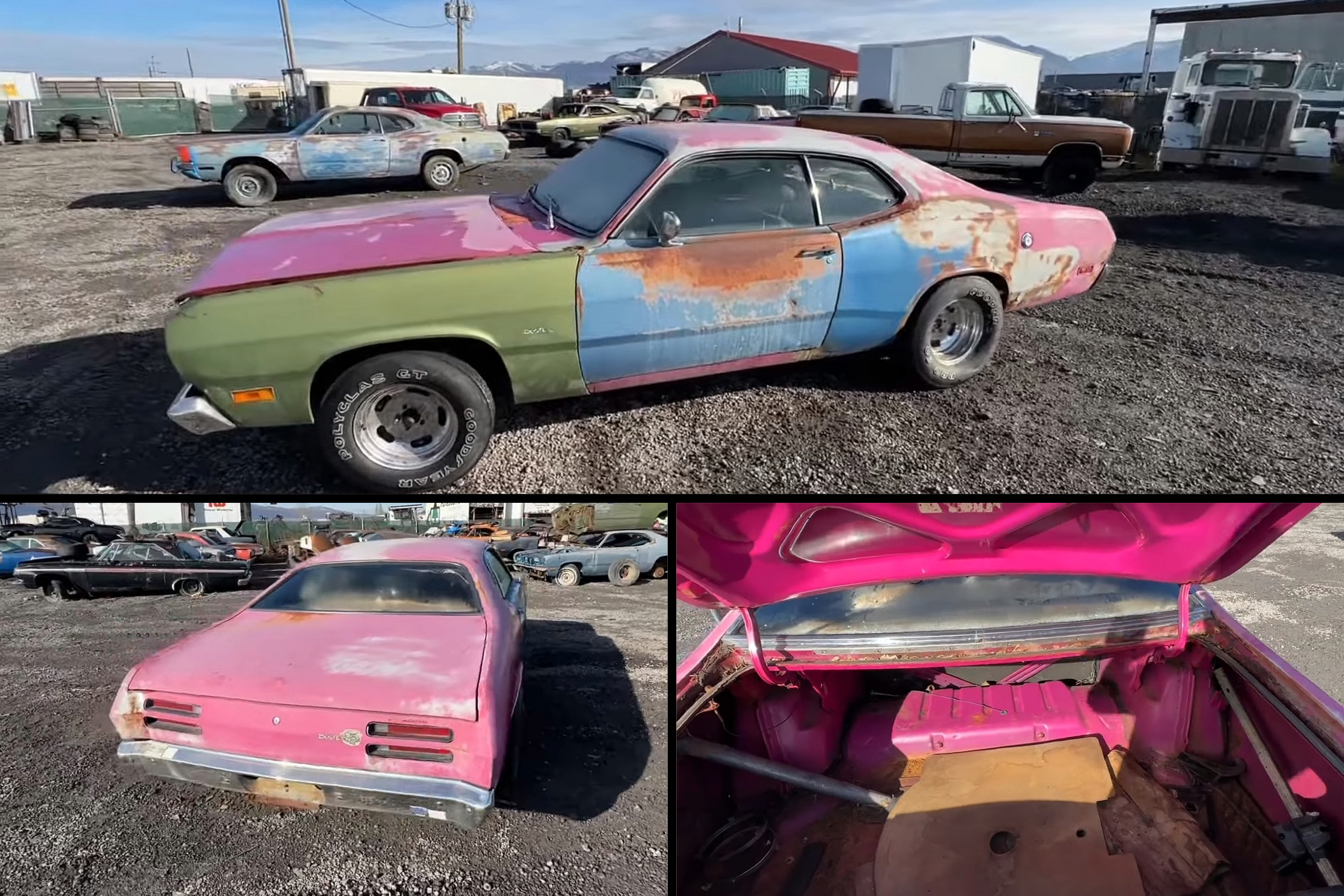When it comes to Plymouths from the golden muscle car era, it’s the Road Runner, GTX, and Barracuda that get all the attention. They’re among the most iconic Mopars ever made, and some of them fetch big bucks on the classic car market nowadays.

What makes them so desirable? Well, the GTX, for instance, is a rare combination of muscle car performance and premium appointments. Restricted to the range-topping 426- and 440-cubic-inch (7.0- and 7.2-liter) V8 engines, it was notably fancier than any other midsize Mopar at the time. And it’s pretty scarce, too, by production numbers.

The Road Runner is downright common compared to the GTX, but its big-block-exclusive lineup makes it highly sought-after. As for the Barracuda, it’s the 1970 and 1971 model years that get all the publicity, especially the HEMI and 440 RB cars. In fact, combine any of these nameplates with a 426 V8, and you get a rare and expensive package.

But these aren’t the only cool Plymouths from the golden era. If you’re on a budget, you can get almost all of the features above in a smaller and notably more affordable Valiant or Duster. Granted, the Valiant is not exactly fetching styling-wise, but its semi-fastback coupe sibling, the Duster, looks the part.

And yes, the Duster wasn’t offered with big-block V8 engines, and some do not consider it a full-fledged muscle car, but it wasn’t a slouch either. The 1970 Duster 340, for instance, came with 275 horsepower on tap. Enough to get it across the quarter-mile in about 15 seconds. Moreover, it was available in every cool, flashy color from the High Impact color palette.

And before you argue that the Duster is quite the typical classic based on production numbers alone, some versions are actually scarce today, especially in unrestored condition. The range-topping 340 is arguably rarer than the run-of-the-mill Duster but still somewhat familiar. However, specific High Impact colors turn Dusters into super rare gems.

Sassy Grass, for instance, is as rare as it is vibrant. A sought-after few nowadays, this flashy shade of green wasn’t exactly popular back in the day. Fewer than 1% of the total 1970 Duster production was finished in this color, so we’re looking at fewer than 2,000 examples. But Sassy Grass is relatively common compared to the rarest High Impact color.

I’m talking about Moulin Rouge, the bright pink that Plymouth offered in 1970 as a Spring color. Available for only a few months, it returned in 1971 as a special-order color. Dodge offered an identical paint called Panther Pink. And needless to say, it wasn’t popular with the muscle car crowd, which considered the hue too feminine.

Chrysler didn’t keep production records based on paint schemes, but Moulin Rouge / Panther Pink Mopars are very rare regardless of the nameplate. Word has it only 0.5% of the Barracudas sold in 1970 were wrapped in this color. That’s only 224 out of nearly 49,000 vehicles. But the Barracuda isn’t the rarest recipient of Moulin Rouge. Duster finished in this hue are even harder to find.
Again, there are no official numbers to back these claims, but most Mopar experts agree that fewer than 100 customers ordered a pink Duster in 1970. If you haven’t seen one yet, let me introduce you to an unrestored junkyard gem in FM3 Moulin Rouge.

Currently parked in DD Auto and Salvage yard in Logan, Utah, this two-door fastback had a rough life. But it’s still in one piece and still wearing most of its pink factory paint. And that’s downright amazing, given that most Moulin Rouge / Panther Pink cars were repainted by their owners over the years.
Yes, this Mopar needs a full restoration to shine again, and it may not have a numbers-matching V8, but it’s fairly complete and worthy of a second chance at life in the original color. Just look at how nice the paint still shines in the trunk and picture how gorgeous this Duster will be when fully restored. Forget about Plum Crazy purple; pink is the most attention-grabbing color of the golden muscle car era.
